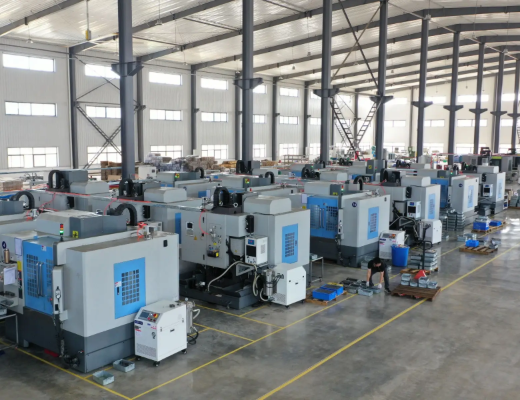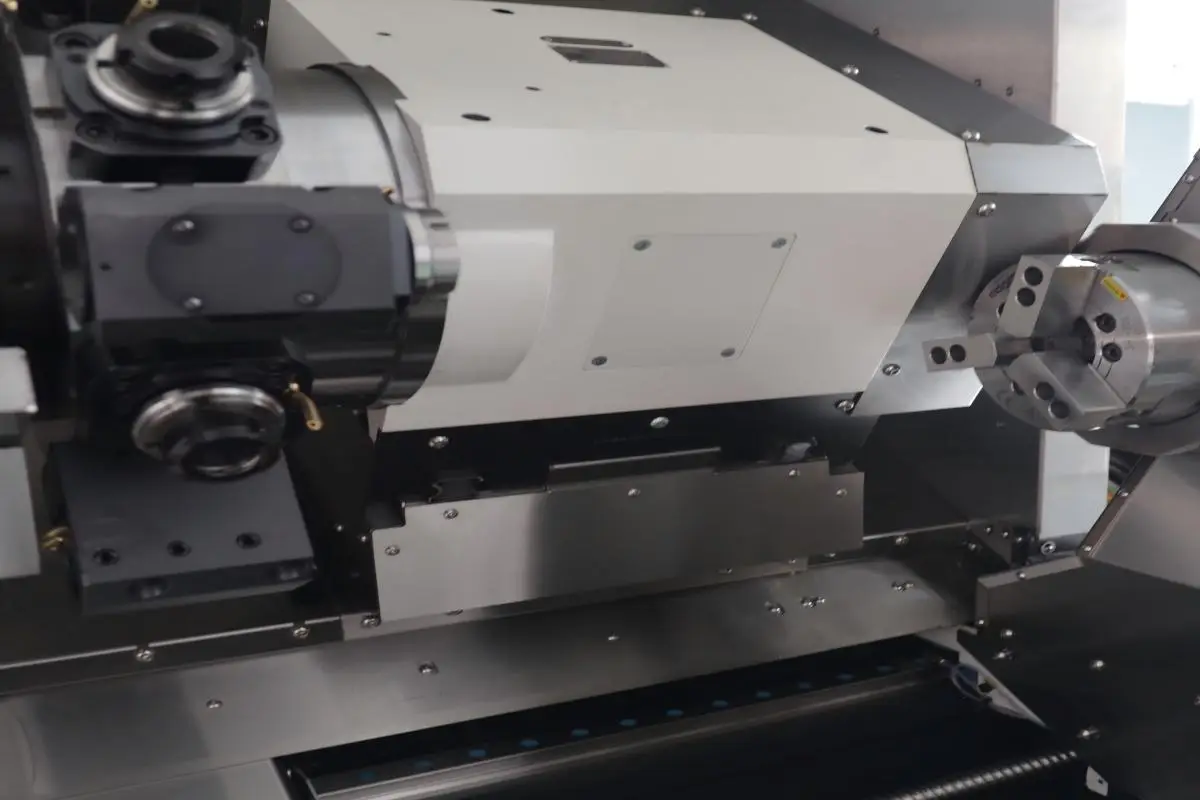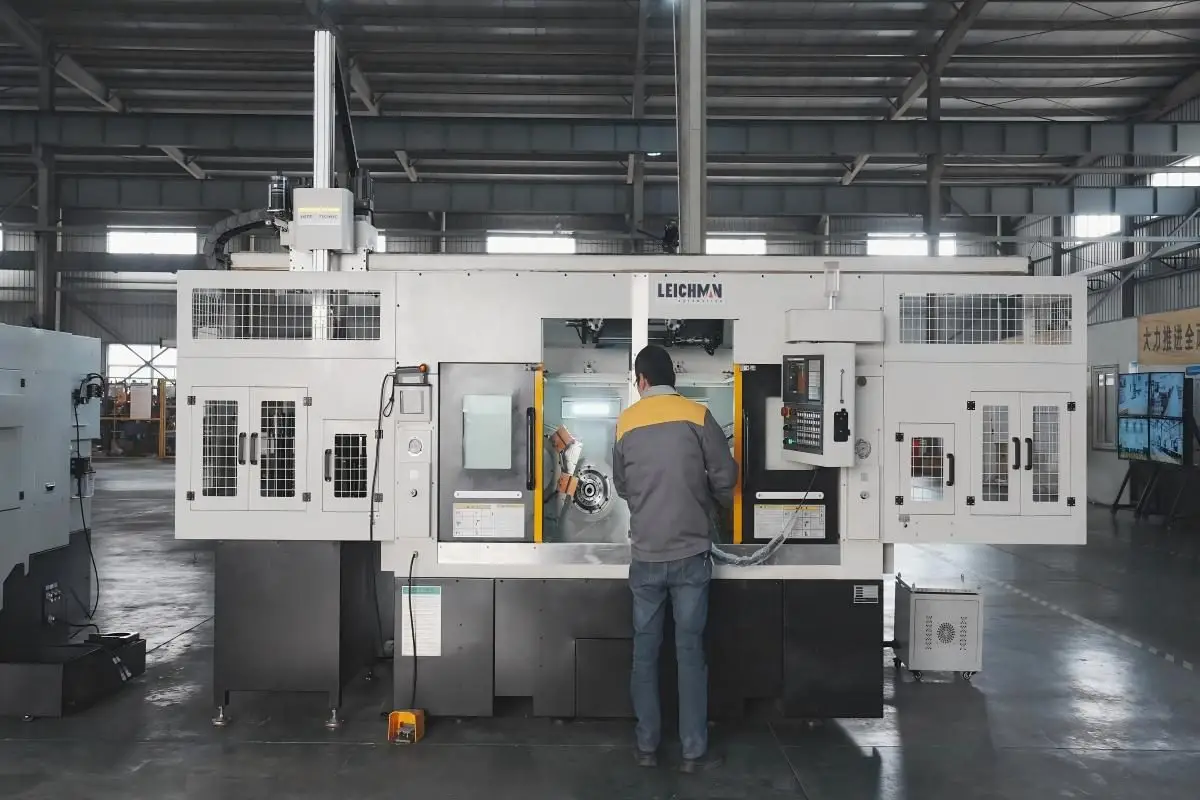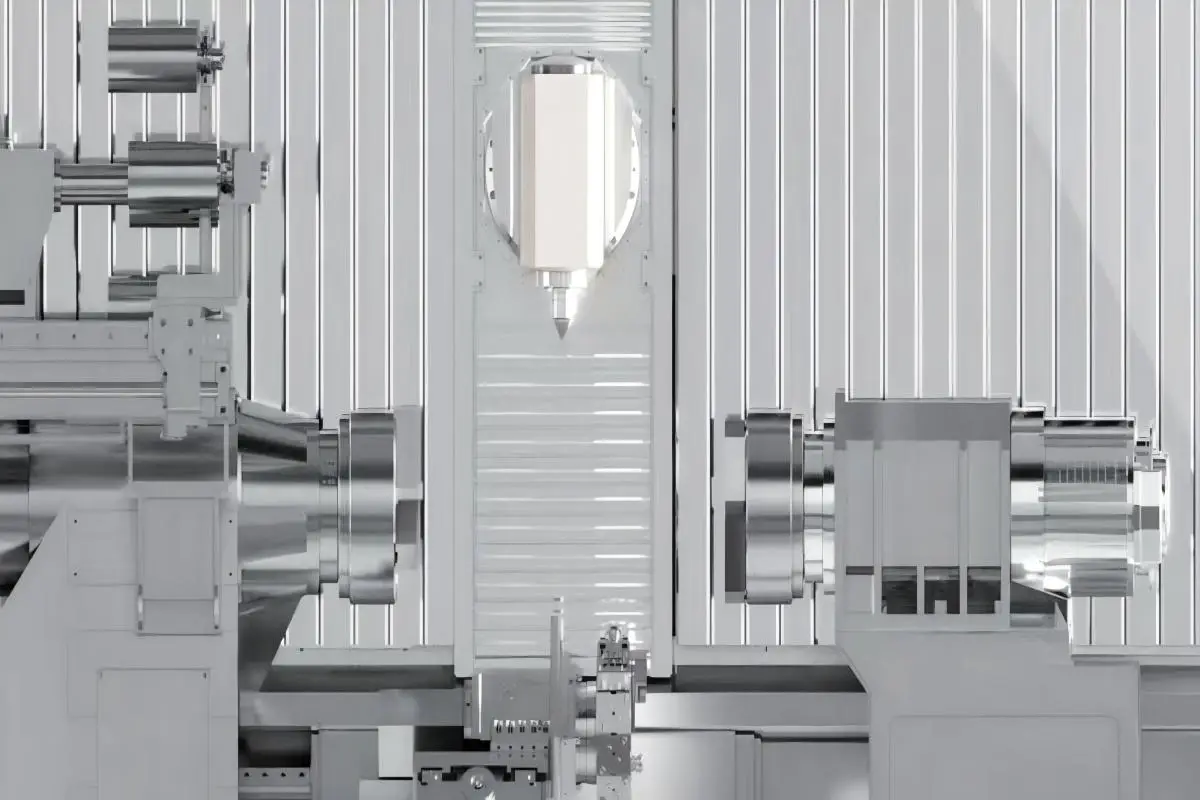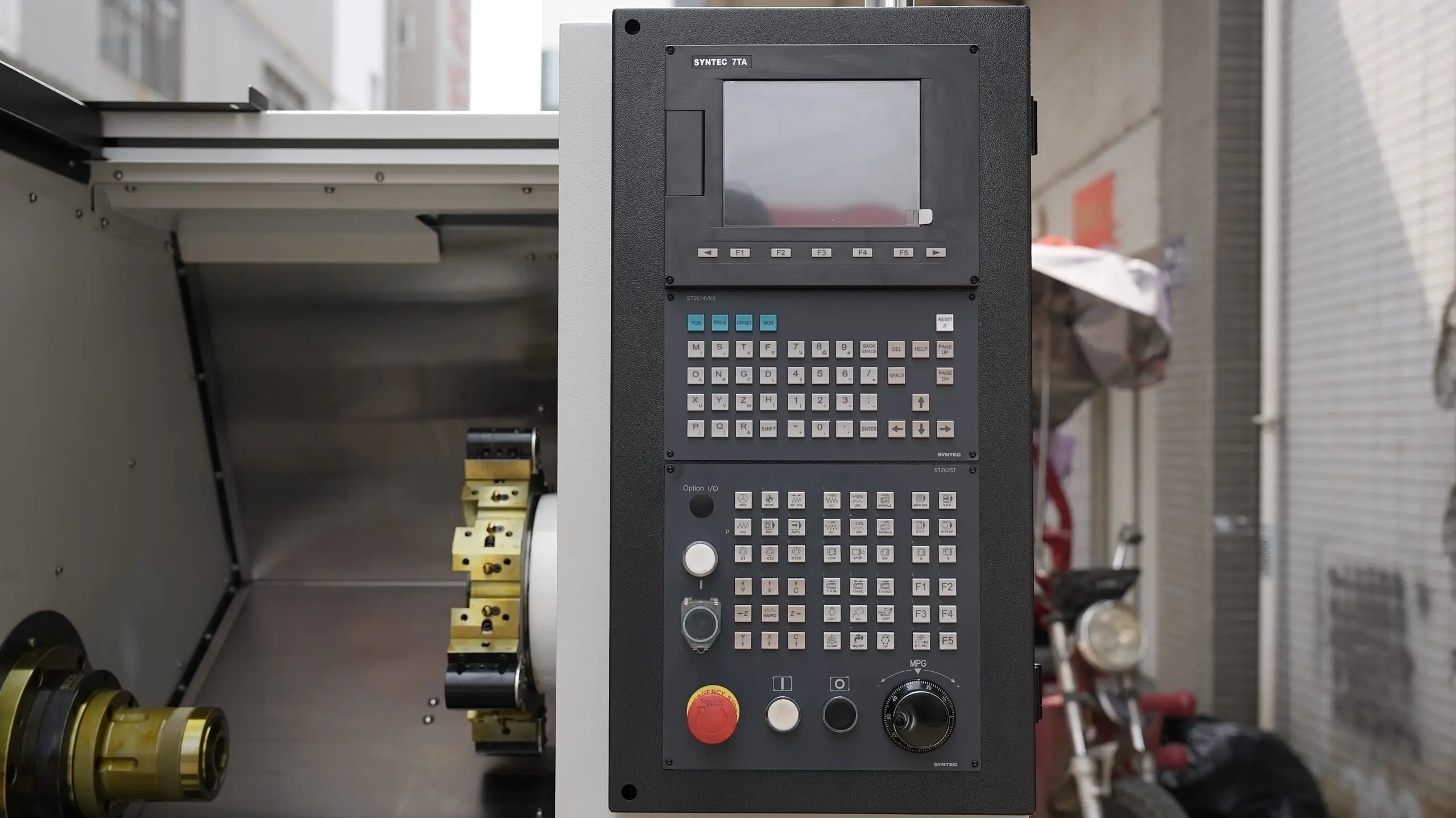CNC machining is a vital process in modern manufacturing, allowing for precise and efficient production of complex parts. As industries increasingly rely on automation, understanding how to design parts for CNC machining becomes crucial. This article will explore key considerations for creating designs that optimize the capabilities of CNC equipment manufacturers and ensure effective use of CNC machining equipment.
Understanding CNC Machining Equipment
Before diving into the design process, it’s essential to grasp the capabilities and limitations of CNC machining equipment. CNC machines operate through programmed commands, allowing for high precision and repeatability. However, not all designs are suitable for CNC machining. For instance, intricate geometries or excessively tight tolerances may lead to production challenges. Collaborating with CNC equipment manufacturers can provide insights into which designs are best suited for their specific machinery, ensuring that the final product meets both quality and cost-effectiveness.
Design Principles for CNC Machining
When designing parts for CNC machining, several fundamental principles should be followed:
Simplicity: The simpler the design, the easier it is to machine. Reducing the number of complex features can lead to faster production times and lower costs.
Feature Orientation: Understanding how CNC machines operate is crucial. Features should be designed with the machine’s capabilities in mind, ensuring that they can be easily accessed and machined without excessive setup changes.
Material Selection: The choice of material significantly impacts machining processes. Different materials require different tooling and machining strategies. Consulting with CNC equipment manufacturers can help in selecting materials that align with the capabilities of specific CNC machining equipment.
Optimizing Designs for Efficiency
Efficiency in CNC machining is vital for both cost reduction and time management. To optimize designs, consider the following:
Minimize Machining Operations: Each operation adds time and cost. Designing parts that require fewer operations can lead to significant savings.
Use Standard Tooling: Custom tooling can be expensive and time-consuming. Designing parts that utilize standard tooling can enhance efficiency and reduce lead times.
Incorporate Tolerances Wisely: Tolerances should be specified based on the capabilities of the CNC equipment manufacturers. Understanding which tolerances are achievable with the selected machining equipment is crucial for successful production.
Crafting Effective Designs for CNC Machining
Designing parts for CNC machining is a detailed process that involves understanding both the capabilities of CNC machining equipment and the principles of effective design. By focusing on simplicity, feature orientation, and material selection, manufacturers can create parts that not only meet specifications but also optimize production efficiency. Collaborating with CNC equipment manufacturers can provide valuable insights that enhance the design process and ensure better alignment with machining capabilities.
In conclusion, meticulous attention to design principles and collaboration with CNC equipment manufacturers is essential for effective CNC machining. At Leichman, we are recognized for our excellence in CNC technology, providing high-quality machinery tested to international standards. Our commitment to durability and accuracy helps our clients achieve their manufacturing goals efficiently.
